
Carl Czerny was an Austrian composer, teacher, and pianist of Czech origin whose music spanned the late Classical and early Romantic eras. His vast musical production amounted to over a thousand works and his books of studies for the piano are still widely used in piano teaching. He was one of Ludwig van Beethoven's best-known pupils and would later on be one of the main teachers of Franz Liszt.
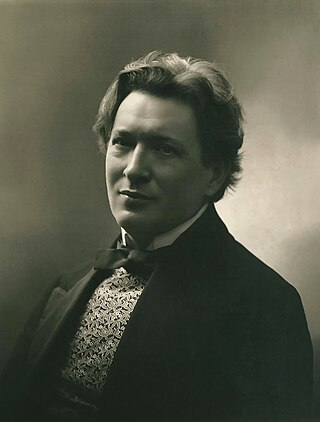
Ferruccio Busoni was an Italian composer, pianist, conductor, editor, writer, and teacher. His international career and reputation led him to work closely with many of the leading musicians, artists and literary figures of his time, and he was a sought-after keyboard instructor and a teacher of composition.
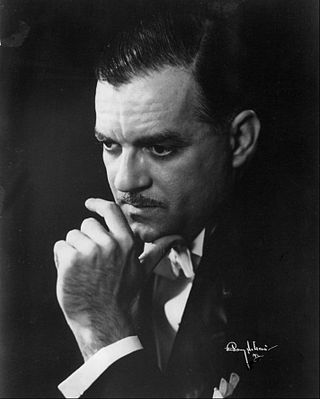
Jorge Bolet was a Cuban-born American concert pianist, conductor and teacher. Among his teachers were Leopold Godowsky, and Moriz Rosenthal – the latter a renowned pupil of Franz Liszt.

Charles-Valentin Alkan was a French composer and virtuoso pianist. At the height of his fame in the 1830s and 1840s he was, alongside his friends and colleagues Frédéric Chopin and Franz Liszt, among the leading pianists in Paris, a city in which he spent virtually his entire life.
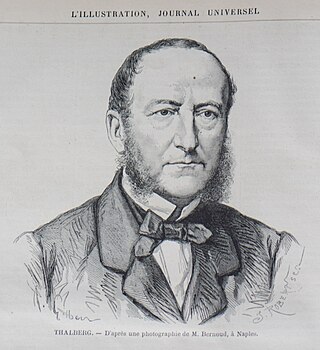
Sigismond Thalberg was an Austrian composer and one of the most distinguished virtuoso pianists of the 19th century.

Karl Tausig was a Polish virtuoso pianist, arranger and composer. He is generally regarded as Franz Liszt's most distinguished pupil and one of the greatest pianists of all time.

Étude Op. 10, No. 12 in C minor, known as the "Revolutionary Étude" or the "Étude on the Bombardment of Warsaw", is a solo piano work by Frédéric Chopin written c. 1831, and the last in his first set, Études, Op. 10, dedicated "à son ami Franz Liszt". The autographed edition is located in the archive of Stiftelsen Musikkulturens Främjande in Stockholm.
Three Concert Études, S.144, is a set of three piano études by Franz Liszt, composed between 1845–49 and published in Paris as Trois caprices poétiques with the three individual titles as they are known today.
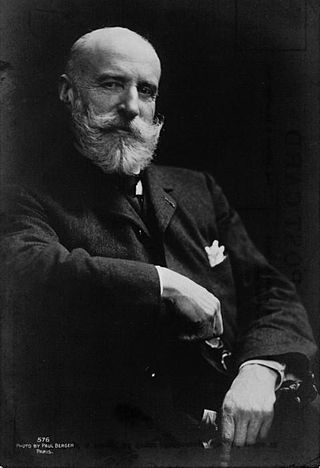
Francis Planté was a French pianist famed as one of the first ever recording artists.

Elias Parish Alvars, was an English harpist and composer. He was born as Eli Parish in Teignmouth, Devon; his father was a local organist. His baptismal record at St James’s Church, West Teignmouth, reads: "Eli, son of Joseph and Mary Ann Parish".
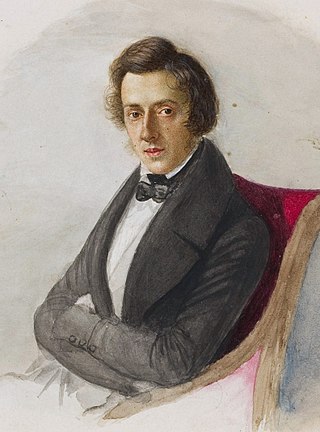
The Études by Frédéric Chopin are three sets of études for the piano published during the 1830s. There are twenty-seven compositions overall, comprising two separate collections of twelve, numbered Op. 10 and Op. 25, and a set of three without opus number.

Étude Op. 10, No. 1 in C major is a study for solo piano composed by Frédéric Chopin in 1829. It was first published in 1833 in France, Germany, and England as the first piece of his Études Op. 10. This study in reach and arpeggios focuses on stretching the fingers of the right hand. The American music critic James Huneker (1857–1921) compared the "hypnotic charm" that these "dizzy acclivities and descents exercise for eye as well as ear" to the frightening staircases in Giovanni Battista Piranesi's prints of the Carceri d'invenzione. Virtuoso pianist Vladimir Horowitz, who refused to perform this étude in public, said, "For me, the most difficult one of all is the C Major, the first one, Op. 10, No. 1."

Transcendental Étude No. 10 in F minor, "Allegro agitato molto", is the tenth of twelve Transcendental Études by Franz Liszt. The occasionally-used alternate title, “Appassionata”, was not given or authorized by Liszt, but instead provided by Ferruccio Busoni, in an early edition.

Alberto Jonás was a Spanish pianist, composer, and piano pedagogue. Although not much is known about his life, as a pianist he was regarded as a virtuoso on the level of Ignacy Jan Paderewski, Moriz Rosenthal, Leopold Godowsky, Josef Hofmann, and Josef Lhévinne. He also ranked among the greatest and most sought-after keyboard pedagogues of the 1920s and '30s.

Ferruccio Busoni discography is a list of recordings of music composed or adapted by Ferruccio Busoni. For recordings of music with Busoni as pianist, see Ferruccio Busoni discography.
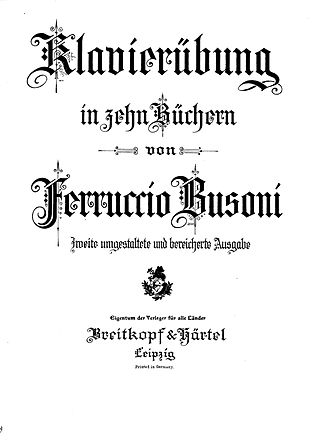
The Klavierübung, by the Italian pianist-composer Ferruccio Busoni, is a compilation of piano exercises and practice pieces, comprising transcriptions of works by other composers and original compositions of his own.

Joseph Christoph Kessler, also seen as Kötzler, was a German pianist and composer who was active mostly in the Austrian Empire. His études, nocturnes, variations, preludes and bagatelles were praised by such people as Franz Liszt, Sigismond Thalberg, Ignaz Moscheles and Friedrich Kalkbrenner, and he was the dedicatee of the 24 Preludes, Op. 28 by Frédéric Chopin.
Carlo Grante is an Italian classical pianist. Born in L'Aquila and graduating from the National Academy of St Cecilia in Rome, he performs classical and contemporary classical music. His discography consists of more than 50 albums.
The Sei pezzi per pianoforte, P 044, is a set of six solo piano pieces written by the Italian composer Ottorino Respighi between 1903 and 1905. These predominantly salonesque pieces are eclectic, drawing influence from different musical styles and composers. The pieces have various musical forms and were composed separately and later published together between 1905 and 1907 in a set under the same title for editorial reasons; Respighi had not conceived them as a suite, and therefore did not intend to have uniformity among the pieces. The set, under Bongiovanni, became his first published work. Five of the six pieces are derived from earlier works by Respighi, and only one of them, the "Canone", has an extant manuscript.
















